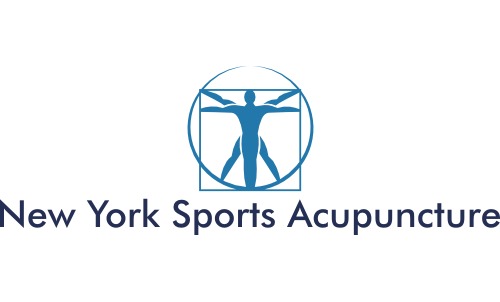Patient Help Sheet – Acupuncture and Sports Injuries
Almost everybody has injured themselves participating in sports. It’s definitely not uncommon and because sports injuries are so common, most professional athletic teams have trainers, physical therapists, and doctors on their payroll. The newest member of the healthcare team for most athletes is Traditional Chinese Medicine (TCM), which incorporates everything from acupuncture to nutritional counseling to help injured athletes heal.
Acupuncture for Sports Injuries: Acupuncture is an extremely effective method of dealing with sports injuries because it stimulates the central nervous system. This triggers the release of neurotransmitters like endorphins that act as natural painkillers to alleviate pain. Acupuncture also stimulates blood flow to injured areas, while decreasing inflammation. All of these actions help speed up the recovery time of the athlete or the weekend warrior.
There are several stages of injury. The first stage is the beginning stage where there is inflammation. The second stage is the sub-acute phase that begins after the first week following the injury. This stage is where damaged tissues are healing. If the injury is not completely healed during this time, then it becomes chronic and goes into the last stage of progression. During the chronic stage, swelling and inflammation are usually gone, but pain and stiffness take their places. Regardless of the stage in the injury/healing process, acupuncture can help.
Acupuncture Points for Sports Injuries:
- Large Intestine 4 – This point is located bilaterally on the back side of the hand, in the webbing between the forefinger and the thumb. When the hand is made into a fist, the point can be located in the center of the mound of flesh created. This point is used for relieving pain anywhere in the body.
- Large Intestine 11 – This point can be found bilaterally at the outer end of the elbow crease created when the arm is flexed. Large intestine 11 is used to decrease inflammation throughout the body.
- Gallbladder 34 – This point is found bilaterally on the outer side of the lower leg. It can be found in the depression in front of and below the head of the fibula. This point is known as the influential point of the tendons and it particularly helps with pain and swelling around the knee.
Chinese Herbal Formulas for Sports Injuries:
Herbs and combinations of herbs, known as formulas are used frequently in TCM. They can be used topically in the form of balms or salves and they can also be taken internally. Most herbal formulas have specific herbs in them that help target the injured areas.
For instance, Ge Gen Tang is an herbal formula that contains herbs that are aromatic and therefore they rise. This is why Ge Gen Tang is a good choice for neck injuries.
Du Huo Ji Sheng Tang is another herbal formula frequently used to treat knee injuries.
Juan Bi Tang is a popular herbal formula used to treat general musculoskeletal and joint pain. And Gui Zhi Fu Ling Wan is used to treat internal bleeding caused by traumatic sports injuries.
Nutrition for Sports Injuries:
Nutrition for Sports Injuries:
Proper nutrition is vital for everyone, not just athletes. But for those who push themselves physically, it can be even more important. The number one nutrient needed and should be used by all athletes is water. A dehydrated joint or tendon is more likely to tear.
Collagen is another component of the joints that need to be nourished and this can be done by ingesting vitamin C, which can be found in citrus fruits and dark leafy greens.
For those that work out aggressively, omega 3 fatty acids are a great way to keep inflammation at bay. Omega 3’s can be found in oily fish, seeds, and walnuts.
As you can see, TCM is a great way to deal with sports injuries.
As you can see, TCM is a great way to deal with sports injuries.
New York Sports Acupuncture
Bishara Wilson, L.Ac., MSTOM
888.375.5444





